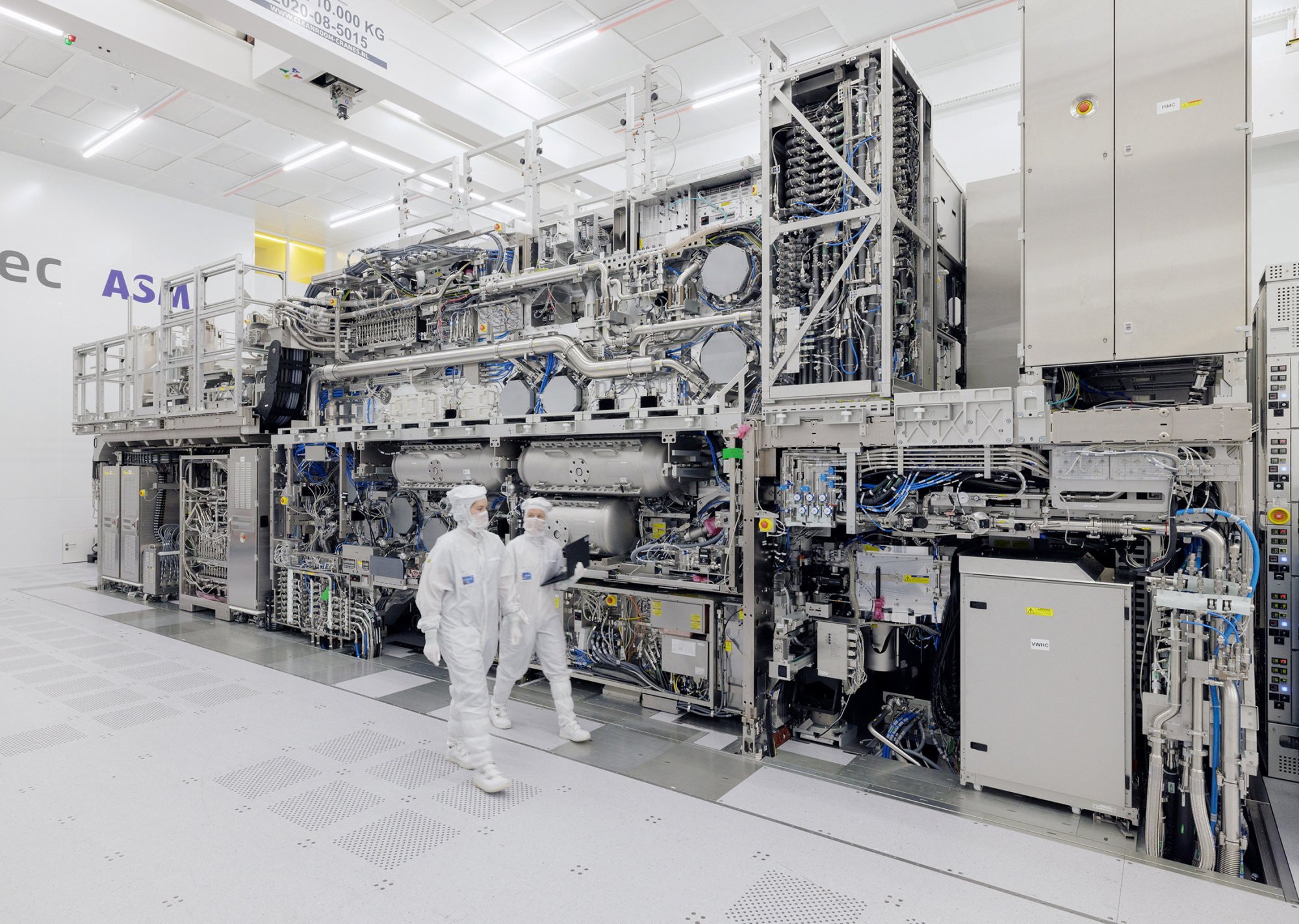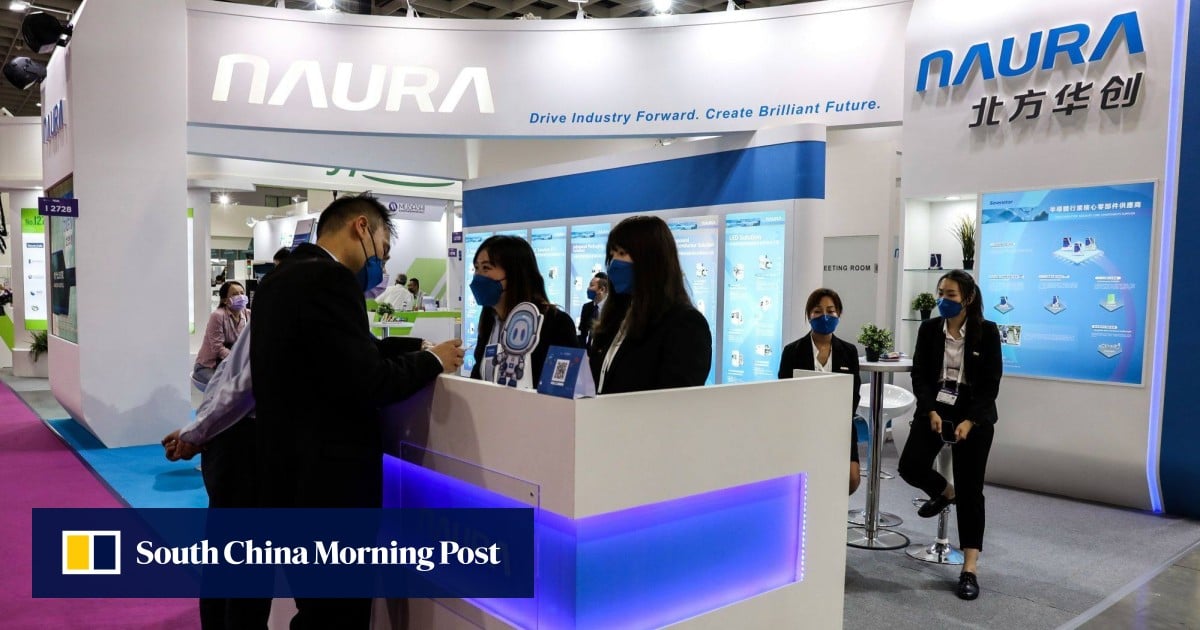Beijing-based Naura Technology Group started research on lithography systems last month, according to people familiar with the matter, as China’s home-grown semiconductor tool makers try workarounds to produce advanced chips without the latest equipment from Dutch giant ASML, a breakthrough that could potentially thwart US attempts to contain China’s chip-making capabilities.
The efforts, which involve multiple players in China’s semiconductor supply chain, have made preliminary research progress, with a patent application by Huawei Technologies last month revealing a technique known as self-aligned quadruple patterning, or SAQP, which can etch lines on silicon wafers multiple times to increase transistor density and chip performance.
The patent, which combines advanced etching and lithography, “will increase the design freedom of circuit patterns”, according to a filing to the China National Intellectual Property Administration, which was first reported by Bloomberg.
By using SAQP with deep ultraviolet lithography (DUV) machines from Dutch giant ASML and Japanese suppliers like Nikon, China could make sophisticated 5-nanometre grade chips without the need for more advanced extreme ultraviolet (EUV) tools only available from ASML.
US says Chinese firm SMIC’s Huawei chip ‘potentially’ broke American law
US says Chinese firm SMIC’s Huawei chip ‘potentially’ broke American law
Meanwhile, China’s decade-long effort to develop its own lithography machines has hit a wall. The state-owned Shanghai Micro Electronics Equipment Group (SMEE), the country’s sole lithography systems maker, has not come anywhere close to developing machines that match ASML. In December 2022, SMEE was added to a US trade blacklist over national security concerns, meaning it is even less likely to achieve a breakthrough.
A number of Chinese chip tool makers have emerged as important players in efforts to cut the country’s reliance on imported machines. Local semiconductor equipment leader Naura Technology Group has conducted preliminary research into lithography systems since March after it established a special programme last December, according to sources familiar with the matter.
The company has told a small group of engineers to begin research on lithography systems, which is beyond its traditional expertise in etching and film deposition, according to the people, who declined to be named because the discussions were private.
A spokesman for Naura told the Post on Monday the information was not “true”, without elaborating.
While it is far from certain that Naura’s new research efforts will pay off, the move shows the determination by the country’s chip industry to break US-orchestrated sanctions aimed at curbing China’s advances in semiconductors and artificial intelligence.
China ‘needs to focus on boosting domestic AI sector to close gap on US’
China ‘needs to focus on boosting domestic AI sector to close gap on US’
The involvement of Chinese firms across the chip tool supply chain is to be expected, as Beijing is pulling resources from all fronts to achieve breakthroughs, analysts said. Dan Hutcheson, vice-chairman of US-based IC research company TechInsights, said China’s SAQP research is likely to involve companies like Naura and SMEE, as etching and deposition expertise was required for lithography.
“It is driven by SiCarrier’s SAQP patent, which replaces optical lithography steps with etch and deposition steps and will help China get to 5-nm,” Hutcheson said.
Shenzhen-based SiCarrier was granted a similar patent by China’s intellectual property authority in December 2023, in which it describes a method to use DUV tools and SAQP to achieve 5-nm node production, according to its filing.

Separately, a research memo by Citigroup analysts claimed that Naura and local rival Advanced Micro-Fabrication Equipment were looking into complementary efforts on a new multiple-patterning technology that uses etching techniques to achieve 7-nm and more advanced chips, according to a Bloomberg report.
To be sure, achieving 7-nm, or even 5-nm grade chips, will still mean China is behind the state of the art. Global foundry leader Taiwan Semiconductor Manufacturing Co produced 3-nm chips for Apple last year, and is scheduled to advance to 2-nm silicon enabled by ASML’s latest EUV machines.
But few are willing to bet against China when Beijing has the ability to mobilise the country’s entire semiconductor supply chain. By the end of 2023, Naura had applied for more than 7,900 patents, and had obtained rights to more than 4,600 of those, according to company stock filing in February.
